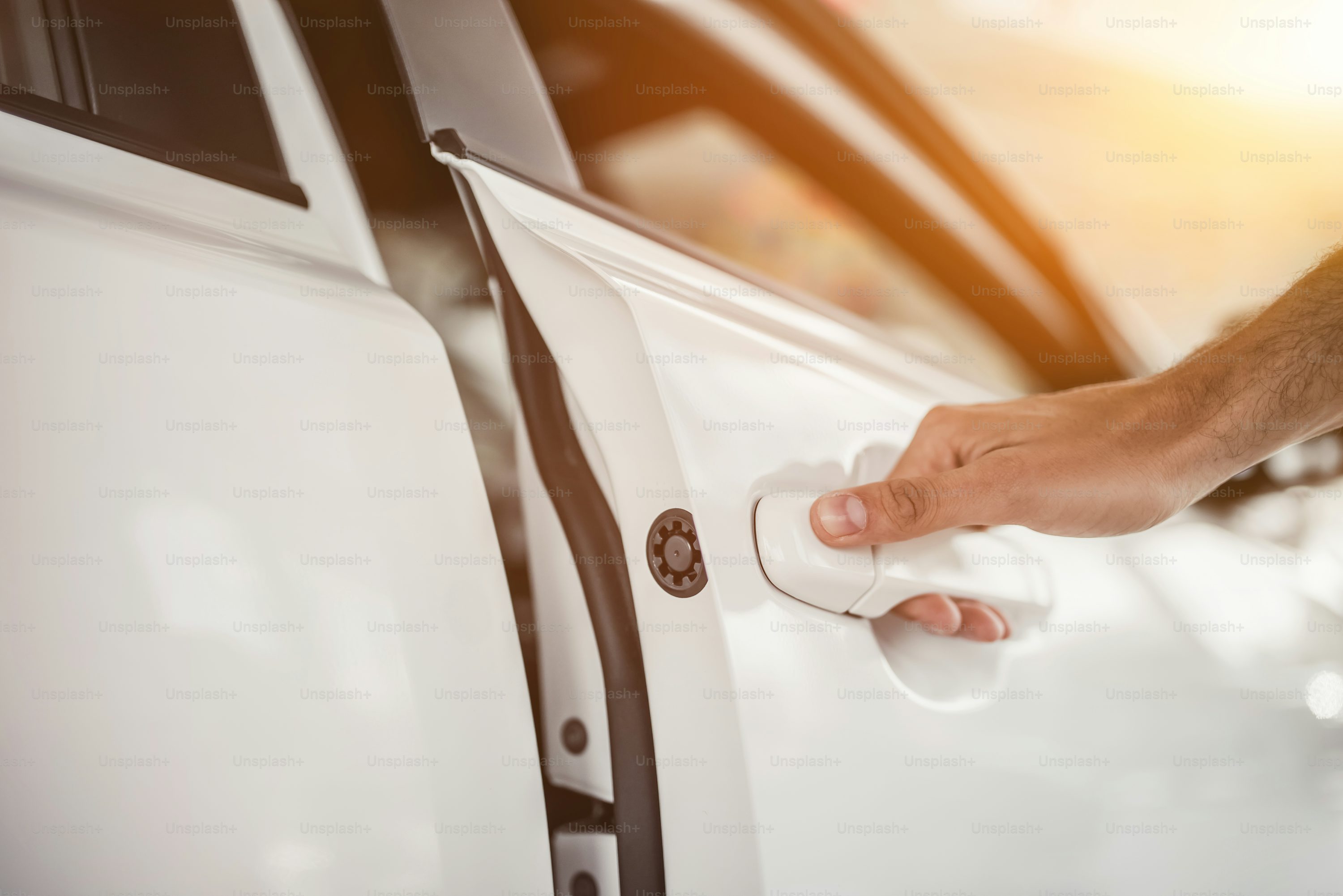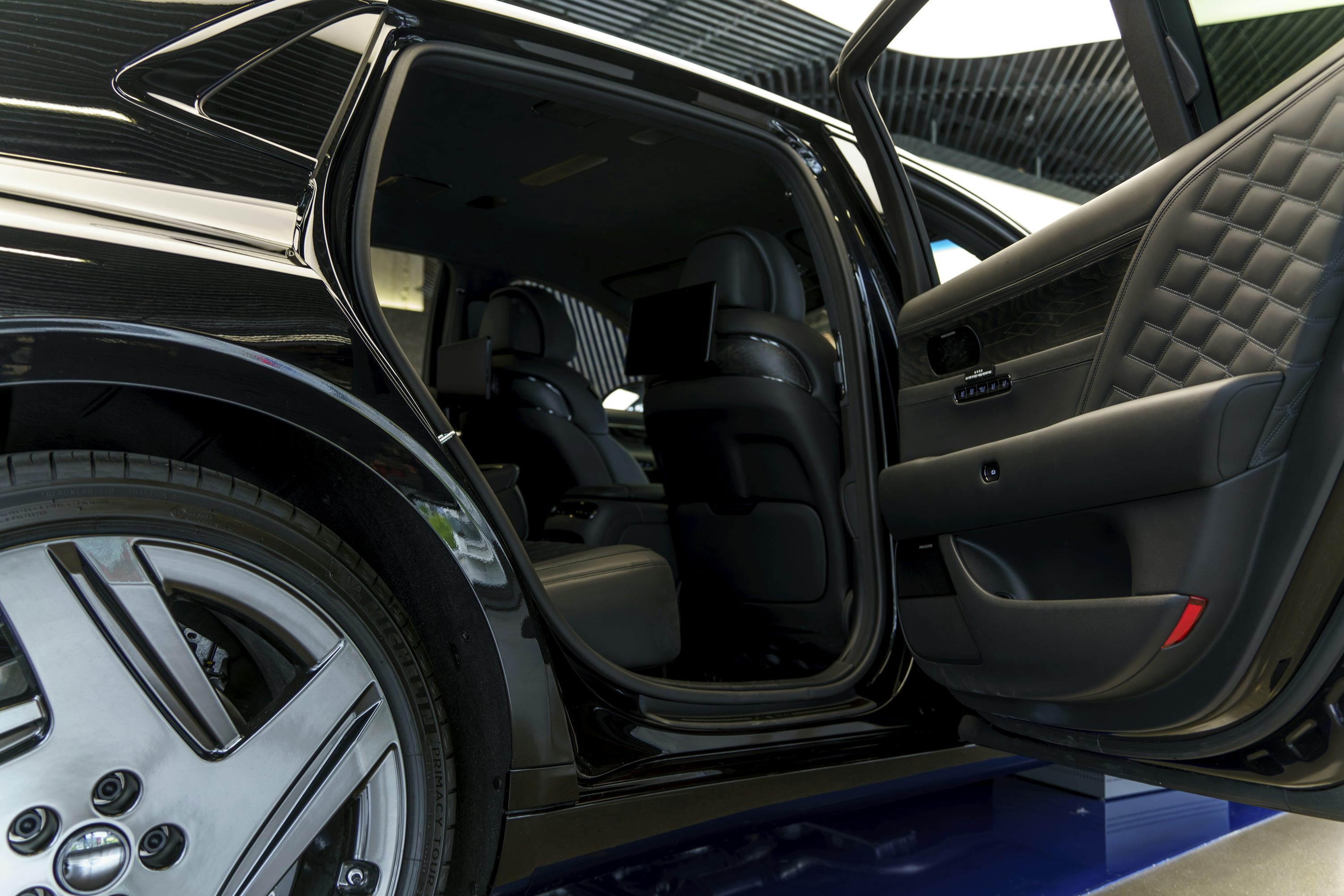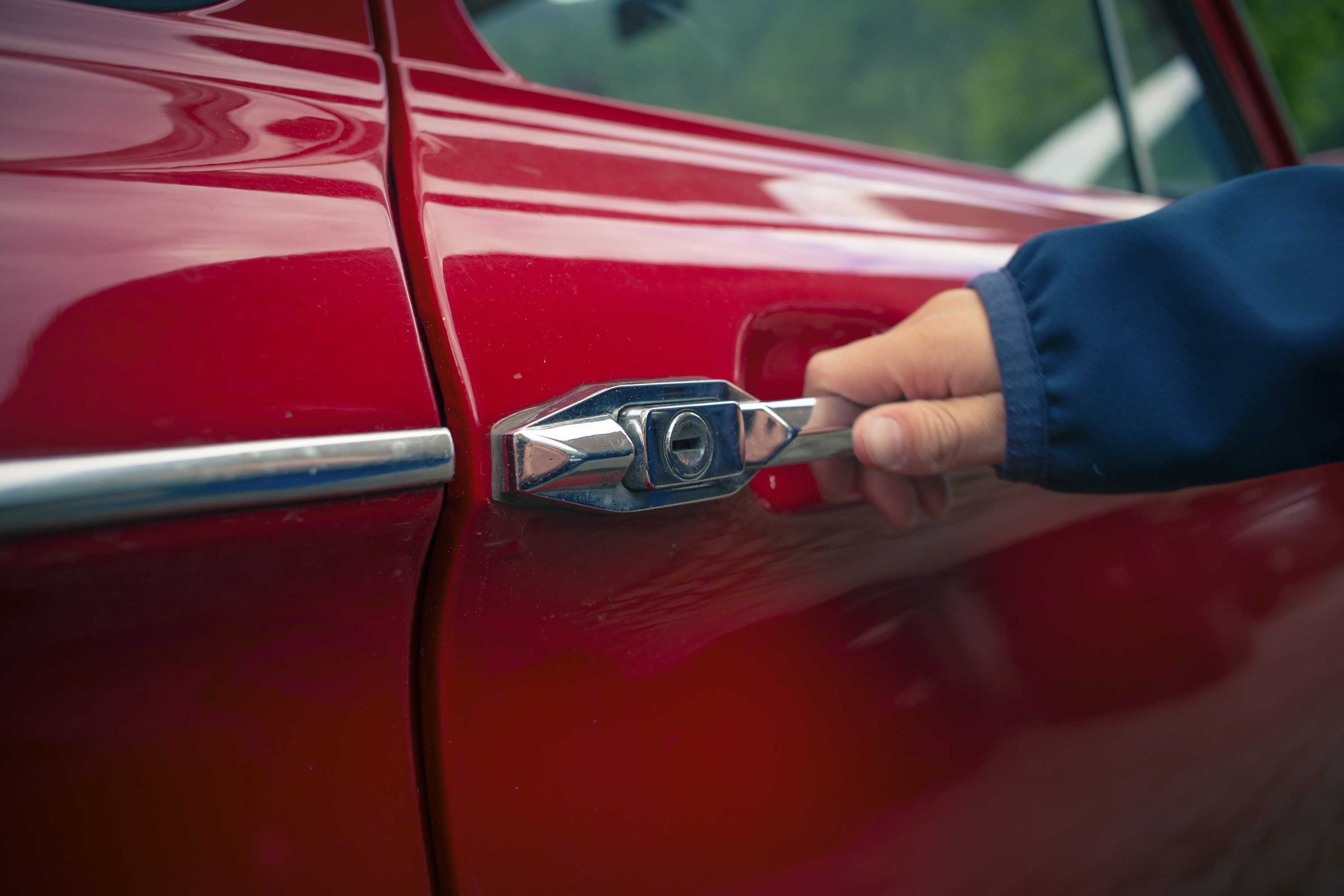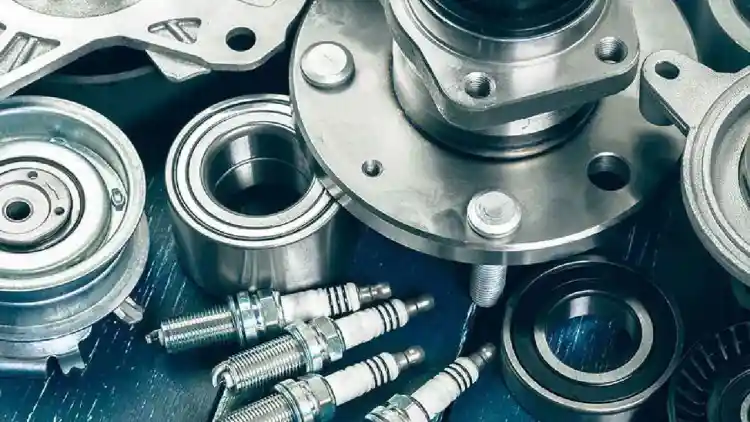- What Are Darb Toll Gates?
- Setting Up Your Darb Toll Account
- Understanding Toll Routes and Charges
- Tips for Smooth Toll Gate Usage
- Advantages of Using Darb Toll Systems
- Common Toll Issues and Solutions
- FAQ
Navigating toll roads can be tricky if you’re not prepared. The Darb toll system makes automatic toll payments easy for drivers, streamlining your journey and keeping the roads efficient for all. This guide will walk you through everything you need to know about using Darb toll gates efficiently.
What Are Darb Toll Gates?
Darb toll gates refer to automated systems installed on specific road networks to collect toll fees electronically. These systems help maintain the traffic flow without requiring drivers to stop at manual payment booths. Using advanced sensors and license plate recognition technology, the system ensures seamless toll collection for commuters.
How Toll Gates Work
Darb toll gates use a sophisticated process to capture and calculate toll charges as vehicles pass through. Here's how they operate:
Sensors identify vehicles equipped with an electronic toll tag placed on the windshield.
The system calculates toll fees based on the vehicle's location, the time of day, and the vehicle type.
Fees are automatically deducted from the associated prepaid account or payment method linked to the toll tag.
Cameras act as backups to capture license plates in case the toll tag or payment fails to register.
This system is designed to increase efficiency and reduce the chances of error.
Setting Up Your Darb Toll Account
Getting started with a Darb toll account is simple. Follow these clear steps:
1. Register for a Toll Tag
Visit an official Darb toll registration platform (online or at an approved center).
Provide accurate vehicle details and your personal information.
Choose whether you need an account for personal or corporate use.
Once registration is complete, your toll tag will be delivered by mail or available for pickup.
2. Install the Toll Tag
Clean your windshield thoroughly before installation.
Position the tag on the inside of the windshield, usually near the rear-view mirror.
Ensure it’s securely attached to avoid misreads.
Test the tag by driving under a toll gate to confirm its functionality.
3. Manage Your Account
Efficient account management is essential for hassle-free use of Darb toll systems. Here are some common tasks:
Recharge Your Account: Use online apps, designated websites, or partner retail locations to add funds.
Monitor Your Balance: Register for notifications or access your account on the portal to stay updated on your balance.
Update Personal Details: Any changes to your vehicle or personal data should be reflected in your account immediately, ideally within 24 hours.
Reissue Lost Tags: If your tag is lost or damaged, request a replacement; fees may apply depending on the cause.
Always maintain a sufficient account balance to ensure uninterrupted service.
Understanding Toll Routes and Charges
Toll gates are typically placed on major highways, urban corridors, and bridges to manage traffic density in critical areas. Here's what to know:
Charges vary based on the time of day, with peak traffic hours often incurring higher costs.
Vehicle type plays a role. Standard cars have a base charge, while larger vehicles like trucks may see elevated toll rates.
Different locations might have different charges depending on their usage and congestion levels. Be aware of toll fees before planning your route.
Tips for Smooth Toll Gate Usage
Avoid common issues by following these simple guidelines:
Check that your toll tag is mounted securely behind your windshield.
Keep your prepaid account funded, as insufficient balance could result in fines.
Drive slowly and in designated lanes when approaching toll gates, ensuring proper tag detection.
If you encounter problems, use the 24-hour grace period provided by most systems to resolve the issue promptly.
Note: Always pay outstanding balances within the given time frame to avoid additional penalties or fines.
Advantages of Using Darb Toll Systems
Many drivers prefer automated toll systems like Darb for their convenience. Here’s why:
Saves Time: Avoiding stops at manual payment booths means uninterrupted driving.
Contactless Payment: Your payments are secure and hassle-free.
Account Options: Features like auto-recharge and electronic statements simplify management.
Eco-Friendly: The system reduces idling time, cutting down fuel consumption and emissions.
Common Toll Issues and Solutions
Even with an advanced system, occasional hiccups can occur. Here’s how to tackle them:
Issue: Tag didn’t beep at the gate. Reason: Likely due to low balance, improper mounting, or a connectivity issue. Solution: Log into your account to check your balance and status. Reposition your tag if necessary.
Issue: Received a fine notification. Reason: Failure to maintain your toll account or missing toll payment deadlines. Solution: Pay dues promptly online or visit an authorized service center for assistance.
By addressing such issues swiftly, you can ensure smooth usage of the system.
FAQ
Q: What happens if I accidentally drive through without a tag?
A: Your license plate details will be captured, and you’ll need to pay the toll fee online within a few days to avoid fines.
Q: Are toll fees affected by rush hours?
A: Yes, higher fees may apply during peak times like morning and evening commutes.
Q: Can tourists or visitors use Darb toll gates?
A: Yes, temporary tags or visitor day passes can be purchased, or you can pay tolls online after your trip if using a rental car.
Q: Can I add multiple vehicles to one account?
A: Yes, most platforms allow you to manage multiple vehicles under a single account for convenience.
Darb toll systems are an excellent solution for keeping road travel in busy areas efficient and stress-free. With proper preparation and regular account monitoring, your driving experience will be smoother than ever.
Read More:
BMW Electric Car – Essential Guide for 2025 Buyers
Ford Ranger's Top Features for Practical Truck Lovers (2025)
Saudi Arabia Electric Car Specifications:2025 Guide to Key EV Specs













